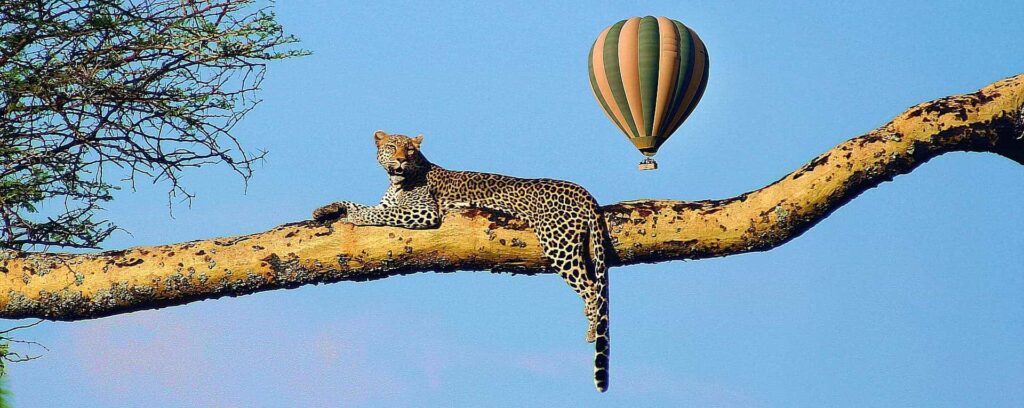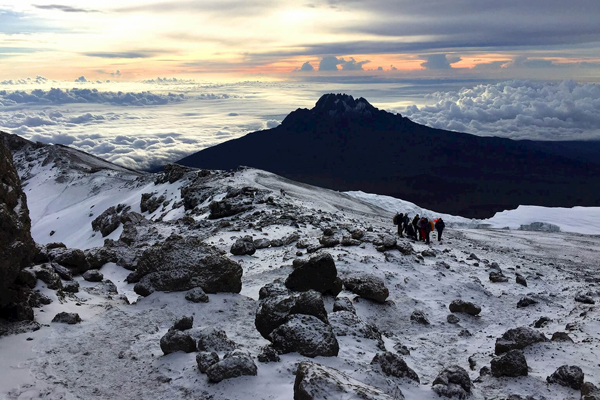
Serengeti National Park, a UNESCO World Heritage Site, is one of Tanzania’s crown jewels and a global icon of wildlife conservation. Spanning approximately 14,750 square kilometers, the park is famous for its vast plains, breathtaking landscapes, and the world-renowned Great Wildebeest Migration. Serengeti translates to “endless plains” in the Maasai language, perfectly capturing its vastness.
The Serengeti boasts a wide range of ecosystems that support its incredible biodiversity. The vast grasslands dominate the central Serengeti, while acacia woodlands and kopjes (granite outcrops) dot the landscape, serving as crucial habitats for predators like lions and leopards. The riverine areas are lined with fig and mahogany trees, providing shade and sustenance for various animals.
The Serengeti is home to some of the most remarkable wildlife spectacles on Earth:
The Serengeti offers year-round attractions:







Explore the wonders of Africa with AWA Tours, your gateway to authentic and sustainable travel experiences. Specializing in eco-conscious safaris, cultural immersion tours, and off-the-beaten-path adventures, we bring you closer to Africa’s breathtaking wildlife, diverse cultures, and pristine landscapes. From thrilling Big Five safaris to serene beach escapes and community-focused travel, AWA Tours curates unforgettable journeys tailored to modern explorers seeking adventure, connection, and responsible tourism.
By subscribing to our newsletter, you’ll gain access to:
✔️ Exclusive Travel Deals & Discounts
✔️ Insider Travel Tips & Guides
✔️ Updates on New Tours & Destinations
✔️ Stories from Real Travelers & Stunning Photography
Whether you’re dreaming of conquering Mount Kilimanjaro, relaxing on Zanzibar’s pristine beaches, or witnessing the majestic Great Migration, AWA Tours has something special just for you.
2024 Awatours. All rights reserved.